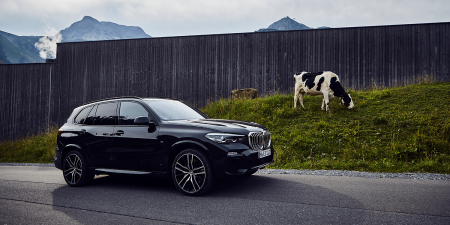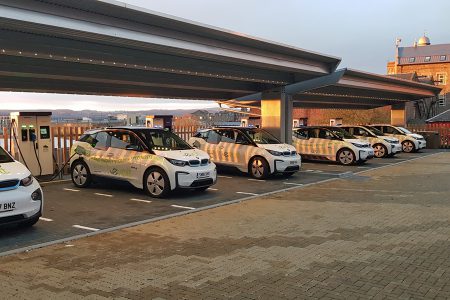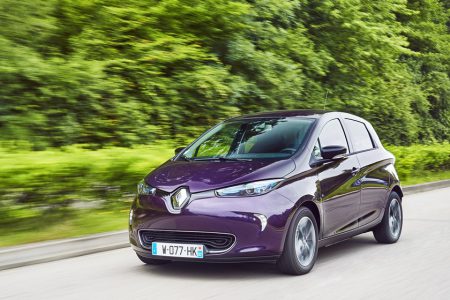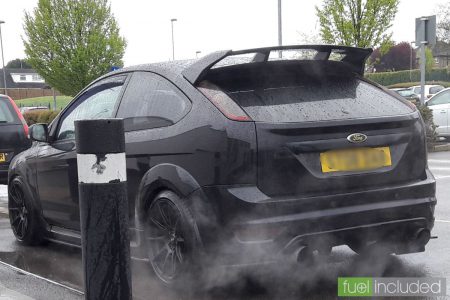Hyundai has dropped final specifications and a photo gallery of the facelifted Ioniq Electric on the occasion of the model’s international media launch in Amsterdam, the Netherlands.
The main update made to the EV is the upgraded 38.3-kWh battery with 36 percent added energy capacity for an enhanced real-world driving range of 311 km (193 miles) as per WLTP. The new battery replaces the previously-available 28-kWh unit.
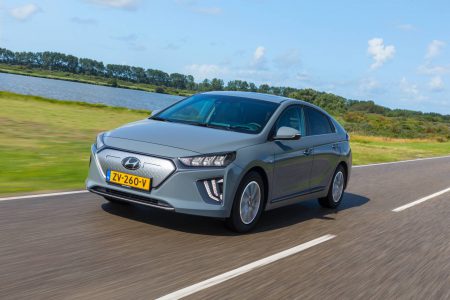
Another significant upgrade is the addition of a standard 7.2-kW on-board charger for Type 2 AC charging that replaces the 6.6-kW charger. As a result, the battery can reach 80 percent charge in as little as 54 minutes using a 100-kW fast-charging station.
The electric motor stays the same and delivers a maximum power of 100 kW (136 PS / 134 hp) and a peak torque of 295 Nm (218 lb-ft). Borrowing from the Kona Electric, the Ioniq Electric makes maximum use of regenerative braking technology by adopting one-paddle driving capability. This allows drivers to stop the car by simply holding onto the left paddle shift lever — most of the time with no need to engage the braking pedal.
Read more: Car Scoops










